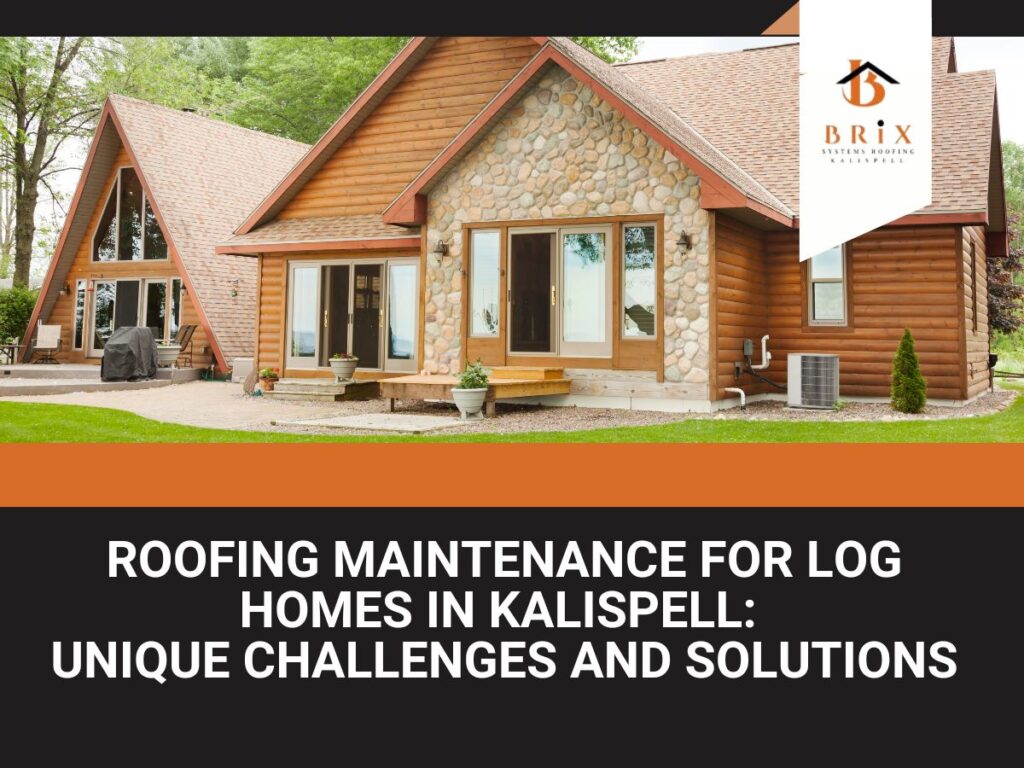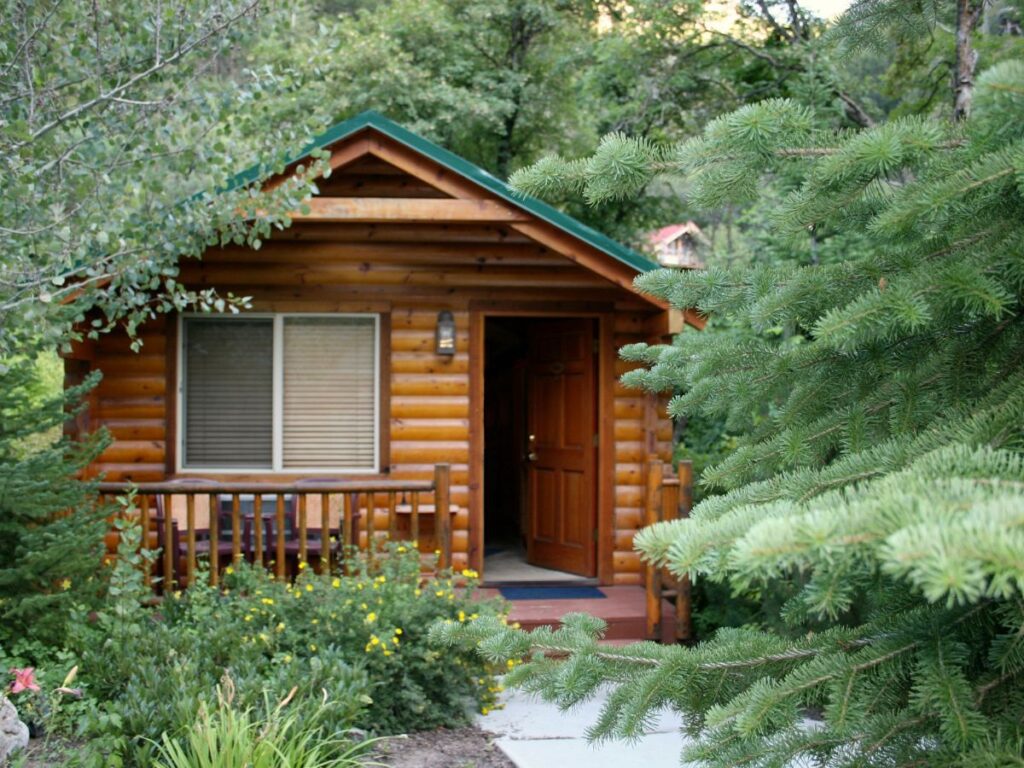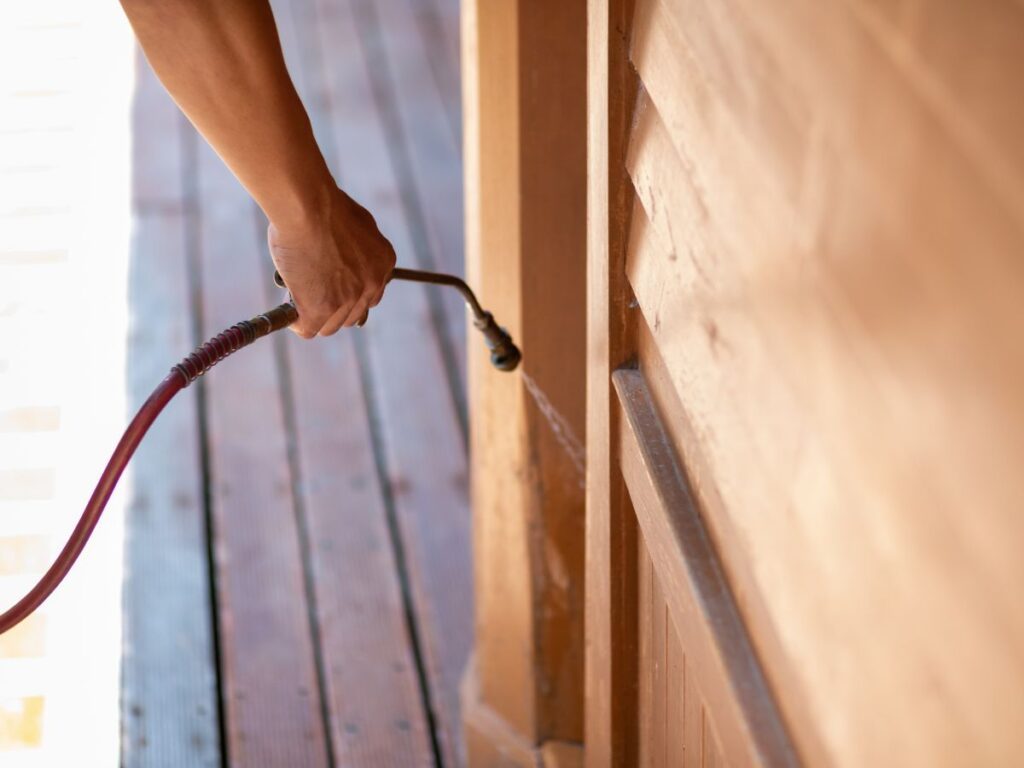
Log homes are a classic architectural design with a long history in America that is frequently connected to natural appeal and scenic beauty. In contrast to traditional homes made of brick, concrete, or siding, log homes are built with logs stacked horizontally, giving them a unique appearance that mixes in perfectly with the surroundings.
Compared to conventional homes, maintaining the integrity of a log home—especially its roof—presents special difficulties. When it comes to roofing, the sheer nature of log construction introduces particular problems, such as structural variations, exposure to the elements, and the inevitable settling of logs over time.
These elements call for a customized strategy to roof care, one that considers the unique qualities of log homes as well as the local climate in the Kalispell area. Let's look at roofing maintenance for log homes in Kalispell
The history of log homes, sometimes referred to as log cabins or log houses, dates back to the early settlers who used the locally obtained wood for housing. In contrast to traditional buildings constructed using contemporary materials like concrete or bricks, log homes use logs as its main structural component.
The history of log cabins in America began during the colonial era, when large forests abundant in lumber supplies were first discovered by European settlers. These settlers used the plentiful supply of logs to build basic but reliable cottages that functioned as their homesteads in their search for shelter.
In literature, art, and legend, the log cabin has transformed throughout time from a modest dwelling to an enduring representation of frontier life in America. The natural beauty and environmentally beneficial building techniques of log cabins have led to a resurgence in popularity in recent decades, despite their historical origins.

Maintaining the roof of a log home presents a set of challenges distinct from those encountered with traditional housing structures. The very essence of log construction introduces unique considerations that directly impact the integrity and longevity of the roof.
Unlike conventional homes with solid vertical walls, log homes feature horizontally stacked logs that create a different structural dynamic. The settlement of logs over time can result in shifting and settling, leading to uneven loads on the roof and potential stress points.
The lack of vertical framing in log homes also means that traditional roofing materials and installation methods may not be suitable, necessitating specialized techniques to ensure proper support and stability for the roof structure.
Kalispell's climate, characterized by cold winters, heavy snowfall, and occasional severe weather events, poses significant challenges for log home roofs. Snow accumulation on the roof can exert considerable weight, placing stress on the structure and potentially leading to damage or collapse if not properly managed.
Exposure to moisture from rain, snowmelt, and humidity can also accelerate the deterioration of roofing materials, particularly wood, if adequate protection and maintenance measures are not in place.
As logs in a log home settle and adjust to their environment, they may shift slightly, causing gaps to form between the logs or at the junctions with the roof. These gaps can compromise the integrity of the roof, allowing moisture infiltration, air leakage, and the ingress of pests.
Despite their enduring appeal and rugged charm, log homes are susceptible to a range of roofing issues that require careful attention and proactive maintenance to address.
One of the most prevalent issues faced by log home roofs is water infiltration, often caused by gaps and cracks that develop between the logs over time. As logs settle and shift, particularly in response to changes in humidity and temperature, these openings can form, allowing water to seep into the interior of the home.
Moisture infiltration can lead to rot and decay of the wood, compromising the structural integrity of the logs and the roof.
The damp and humid conditions prevalent in Kalispell can create an ideal environment for mold and mildew growth on log home roofs. Left unchecked, mold and mildew can not only detract from the aesthetic appeal of the home but also pose health risks to occupants and accelerate the deterioration of roofing materials.
Termites and beetles are among the wood-boring insects that are most dangerous to log home roofs because they can burrow into the wood, weakening the roof over time and causing structural damage. Log homeowners in Kalispell, where these insects are abundant in the wooded areas, need to be on the lookout for infestations and take preventative measures to safeguard their roofs.

Insect infestations can be found and dealt with early with the use of insecticides and routine inspections, reducing the likelihood of significant damage and expensive repairs. One way to guard against future infestations is to apply protective coatings and incorporate insect-resistant wood species.
Addressing the unique challenges faced by log home roofs requires proactive measures and specialized maintenance techniques tailored to the distinctive characteristics of these structures.
Regular inspections are crucial for identifying potential issues early and addressing them before they escalate into costly problems. Homeowners should inspect the roof at least twice a year, ideally in the spring and fall, to check for signs of damage, wear, or deterioration.
Paying attention to areas prone to water infiltration, such as valleys, flashing, and around chimneys, can help prevent leaks and water damage. Establishing a maintenance routine that includes tasks such as cleaning gutters, removing debris, and trimming overhanging branches can prolong the life of the roof and prevent common issues.
Sealing gaps and cracks in the logs is essential for preventing water infiltration and maintaining the structural integrity of the roof. High-quality caulking products specifically designed for log homes should be used to fill any gaps between the logs, as well as around windows, doors, and other openings.
It is essential to inspect and reseal these areas regularly, as natural settling and expansion and contraction of the logs can cause caulking to deteriorate over time.
Proper ventilation is critical for preventing moisture buildup in the attic and reducing the risk of mold, mildew, and wood rot. Installing ridge vents, soffit vents, and gable vents can facilitate airflow and promote ventilation throughout the attic space.
Ensuring adequate insulation and vapor barriers can help regulate temperature and humidity levels, further reducing the risk of moisture-related issues. Homeowners should also address any sources of excess moisture, such as plumbing leaks or inadequate drainage, to prevent water damage to the roof and surrounding structures.
Protecting against wood-boring insects is essential for preserving the structural integrity of log home roofs. Applying insecticides or wood preservatives to the surface of the logs can help deter pests and prevent infestations.

It is essential to follow manufacturer guidelines and reapply treatments as needed to maintain effectiveness. Using naturally insect-resistant wood species, such as cedar or redwood, for roof components can reduce the risk of insect damage and minimize the need for chemical treatments.
Exposure to ultraviolet (UV) radiation from the sun can accelerate the deterioration of wood surfaces, causing fading, cracking, and degradation of roofing materials. Applying UV protective coatings and finishes can help mitigate these effects and prolong the life of the roof.
These coatings not only provide a barrier against UV radiation but also enhance the natural beauty of the wood and improve its weather resistance. Homeowners should choose products specifically formulated for log homes and follow manufacturer recommendations for application and maintenance.
While proactive maintenance measures can help homeowners address many roofing issues, some tasks may require the expertise and specialized equipment of professional roofing contractors. Professional roofing contractors with experience in working with log homes understand the unique challenges posed by these structures and can offer tailored solutions to meet homeowners' needs.
Log home roofing presents unique challenges that require specialized knowledge and skills to address effectively. Unlike conventional roofing materials, such as asphalt shingles or metal panels, log homes require careful attention to detail and an understanding of how the structural characteristics of the logs impact the roof.
Experienced log home roofing specialists have the expertise and insight to navigate these challenges and provide solutions that preserve the integrity and aesthetics of the home.
Professional roofing contractors in Kalispell offer a range of services tailored to the specific needs of log homes. These services may include:
When choosing a roofing contractor for a log home in Kalispell, homeowners should consider several factors to ensure they select a qualified and reputable professional. These considerations may include:
Proactive maintenance and experts solutions are necessary to address the particular issues presented by log home roofs, which include exposure to weather, settling of logs, and vulnerability to pests and moisture. It is important to have a thorough grasp of warranty coverage in a place like Kalispell where environmental conditions and climate might affect the performance of log home roofing.
This will protect homeowners from unforeseen costs and provide peace of mind. It takes proactive steps and specialized care to maintain the integrity of a log home roof in Kalispell due to the inherent problems it faces, including exposure to weather, settling of logs, and sensitivity to moisture and pests.
When homeowners are well-informed on warranty terms and limitations, they are in a better position to make judgments about choosing a contractor, choosing roofing materials, and performing regular maintenance.